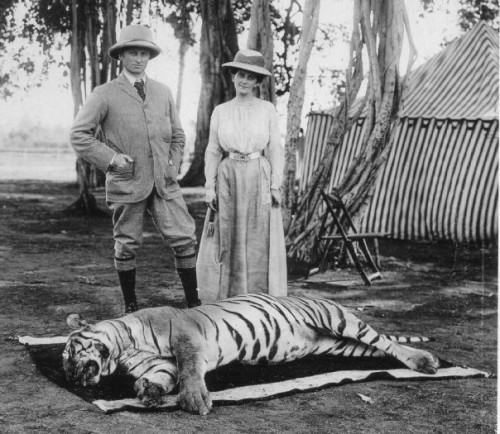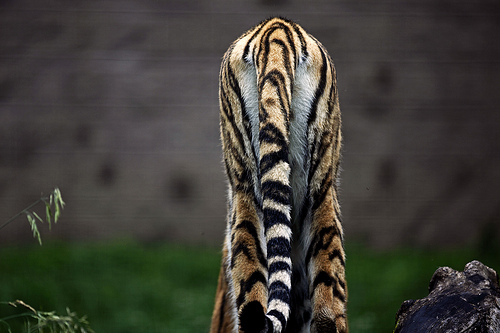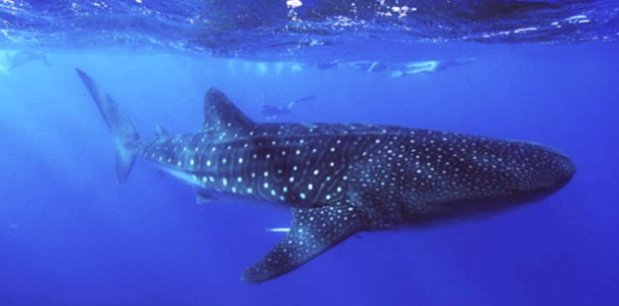This new research will shock all in love with the tiger and striving to save it from extinction. Comparing the DNA samples of ancient tiger skins with the DNA of present day tigers, scientists have found that the modern tigers have a very poor genetic diversity. For an endangered animal, this becomes yet another threat to its existence as poor genes only make the future generations more prone to diseases and weaker.
The study, conducted by Samrat Mondol and Uma Ramakrishnan from the National Centre for Biological Sciences in Bangalore and Professor Michael W. Bruford from Cardiff University, was published in the Proceedings of the Royal Society B yesterday.
Degrading Genes
For the research the scientists took DNA samples of tiger skin and bones from the collection at the Natural History Museum and National Museum of Scotland’s. These are the remnants of some of the many tigers hunted during the British Raj days in India. The team then compared these ancient DNA samples with that of the DNA sample of modern Indian tigers.
They found that as the tiger numbers have dropped over the years, the number of mating partners available has reduced too and this has led to poor genetic diversity of the royal animal.
There was a time, precisely in 1850 when over 40,000 tigers were present in the world. This number has shrunk to a meager 1706 tigers as per the 2010 tiger census in India and about 3000 tigers in the entire world.
With limited mating partners, the genetic diversity of the tiger has degraded to such an extent warn the scientists that even if the present efforts are helping increase the number of the animals, these new age tigers are not as strong, resilient or fit as their ancestors.
Bruford said, “The results were staggering. We found 93% of the DNA genetic variants we measured in the historical tigers are not found in modern tigers. This is a much bigger fall than we expected.”
Why is Genetic Diversity so Important?
All living organisms carry a genetic blueprint. This is so regardless of whether they are humans, plants, animals, or fungi, whether they are short- or long-lived, and whether they reproduce sexually or clonally. It is the genes that not only decide our physical traits but also mental abilities, how tough or weak we are when faced with a crisis, and many other attributes.
With limited mating partners, the genes that pass on from one generation to another begin to weaken. They are less resistant to disease pathogens, and more vulnerable to environment variabilities around them like temperature, weather changes, mass epidemic or natural disasters, surviving with and against competition etc.
Also, a faulty gene in one parent can easily pass on to the offspring and again with limited partners, the entire population in an area may carry that same faulty gene. In other words it means that if the animal cannot fight a disease such as malaria for example, each and every individual with the same gene is as weak. The entire population may wipe out in days during a malaria outbreak then.
Genetic Diversity ensures that new genetic combination keep occurring in the offsprings to produce better, stronger individuals in the next generation.
Tiger’s trouble
According to experts for most species to have a healthy population 1000 or more is a good number and with that reasoning, the tigers should survive too. But the researchers of the present study say that it is not so.
The researchers divided the tigers they studied into two broad genotypes – those that live in the uplands of Nepal, Tibet and northern India, and those that live in the lush lowands of the south.
“If you look at modern tigers now, you’d assume they fell into two main genotypes. But when we overlaid them with historical populations, we realised that wasn’t the case at all – it’s just that all the intermediate populations have been exterminated,” Bruford explained.
“Not only have tigers lost a huge amount of genetic variation since the days of the Raj, they have also been partitioned. And because they cannot disperse around their habitat as they would normally, they are losing their genetic viability as a population even faster.”
So the dual trouble with present day tigers is,
- Almost 93 percent of their genetic variation is lost and now all tigers are actually carrying a very similar gene.
- Even if tigers in the upper genotype region and lower genotype region have a different set of genes, they are too far from each other because of habitat fragmentation and chances of mating and creating new, stronger genes is very less.
Hunting of tigers was an elaborate activity during the British rule and rule of the erstwhile maharajas. What the royalties looked out for were the biggest and the strongest of the beasts to kill. Tragically, this also led to the loss of biggest and the strongest genes. The tiger population that remains today has genes passed on from ancestors that were spared from becoming a rug in the royal palaces, because maybe they were not ferocious enough. Hence, it is the weak genes that survived and the strong that got eradicated.

Future of Tiger Conservation
The research points out that wild tigers are a weak lot at present. But genetic variability in nature is constantly occurring and given a chance, with better tiger corridors planned between different national parks, allowing movement of tigers from one reserve/state to the other, may ensure that tigers find new mating partners and genetic diversity occurs, as much as possible.
Present day environment challenges may also evolve the genes of the tiger to become more resilient to the hardships it faces today. If not the former glory, hopefully with a little help from humans, tigers will still have the resilience to survive and fight back the gory future that has been painted for them today.
More Related Stories,
Environment Ministry Rejects Proposed Highway Expansion for Tigers
Soon an ID Card for Every Tiger in India
Image via cc/Flickr by Todd Ryburn, Pavel. Lord Curzon image courtesy gallimufry.blogspot.in








Respected Madam,
Recieved your mail,and was shocked to know about the Tigers.There is no way we can save this Dashing,Attractive,adorable personality.If they have found out about this reason of the tigers to disappear.There may be some way to improve their genes,and save them.I wish they get the solution of saving them.
Regards,
meera.V.Bopardikar